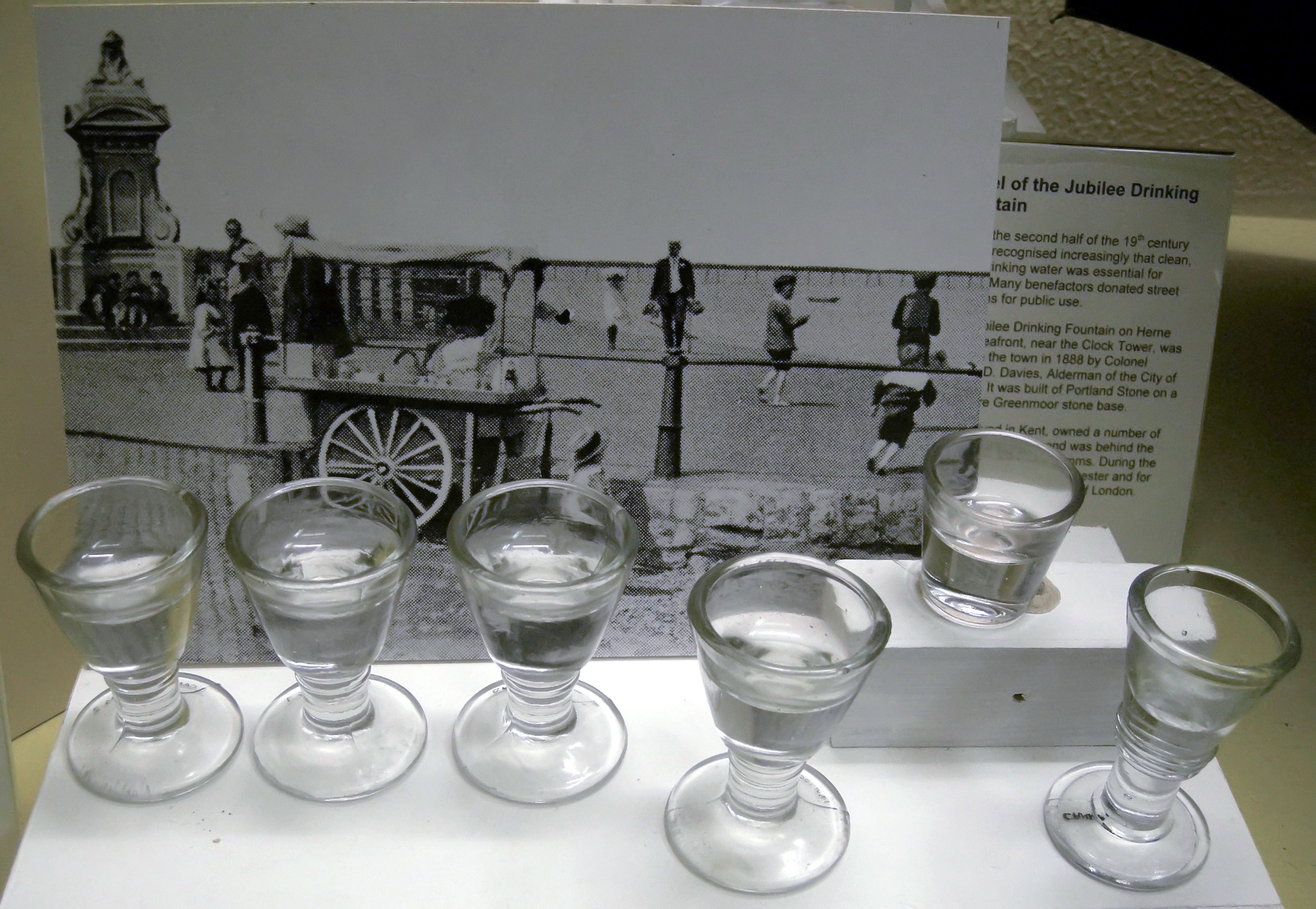Penny Lick on:
[Wikipedia]
[Google]
[Amazon]
 A penny lick was a small
A penny lick was a small
Ice cream glasses
Drinkware Ice cream Victorian era Historical foods {{drinkware-stub
 A penny lick was a small
A penny lick was a small glass
Glass is an amorphous (non-crystalline solid, non-crystalline) solid. Because it is often transparency and translucency, transparent and chemically inert, glass has found widespread practical, technological, and decorative use in window pane ...
for serving ice cream
Ice cream is a frozen dessert typically made from milk or cream that has been flavoured with a sweetener, either sugar or an alternative, and a spice, such as Chocolate, cocoa or vanilla, or with fruit, such as strawberries or peaches. Food ...
, used in London
London is the Capital city, capital and List of urban areas in the United Kingdom, largest city of both England and the United Kingdom, with a population of in . London metropolitan area, Its wider metropolitan area is the largest in Wester ...
, England, and elsewhere in the late nineteenth century and early twentieth century. Street vendors
A hawker is a vendor of merchandise that can be easily transported; the term is roughly synonymous with costermonger or peddler. In most places where the term is used, a hawker sells inexpensive goods, handicrafts, or food items. Whether stationa ...
would sell the contents of the glass for one penny
A penny is a coin (: pennies) or a unit of currency (: pence) in various countries. Borrowed from the Carolingian denarius (hence its former abbreviation d.), it is usually the smallest denomination within a currency system. At present, it is ...
. The glass was usually made with a thick glass base and a shallow depression on top in which the ice cream was placed. The customer would lick clean the glass and return it to the vendor, who would reuse it.
The thickness of the glass made the contents appear greater than they were, often disappointing the customer, and the glasses commonly broke or were stolen.
The penny lick was banned in London after 1899 due to concerns about the spread of disease
A disease is a particular abnormal condition that adversely affects the structure or function (biology), function of all or part of an organism and is not immediately due to any external injury. Diseases are often known to be medical condi ...
, particularly cholera
Cholera () is an infection of the small intestine by some Strain (biology), strains of the Bacteria, bacterium ''Vibrio cholerae''. Symptoms may range from none, to mild, to severe. The classic symptom is large amounts of watery diarrhea last ...
and tuberculosis
Tuberculosis (TB), also known colloquially as the "white death", or historically as consumption, is a contagious disease usually caused by ''Mycobacterium tuberculosis'' (MTB) bacteria. Tuberculosis generally affects the lungs, but it can al ...
, as the glass was often not washed between customers. Questions of hygiene led Italo Marchiony to introduce a pastry cup in New York City
New York, often called New York City (NYC), is the most populous city in the United States, located at the southern tip of New York State on one of the world's largest natural harbors. The city comprises five boroughs, each coextensive w ...
in 1896, which he patented in 1903. The waffle ice cream cone
An ice cream cone (England) or poke (Ireland) is a brittle, cone-shaped pastry, usually made of a wafer similar in texture to a waffle, made so ice cream can be carried and eaten without a bowl or spoon. Many styles of cones are made, includ ...
rapidly became popular soon afterwards, displacing the penny lick.
See also
* Hokey pokey * Kōrikoppu, Japanese old unique glassware for shaved ice * Carlo Gatti * Agnes MarshallReferences
External links
Ice cream glasses
Drinkware Ice cream Victorian era Historical foods {{drinkware-stub